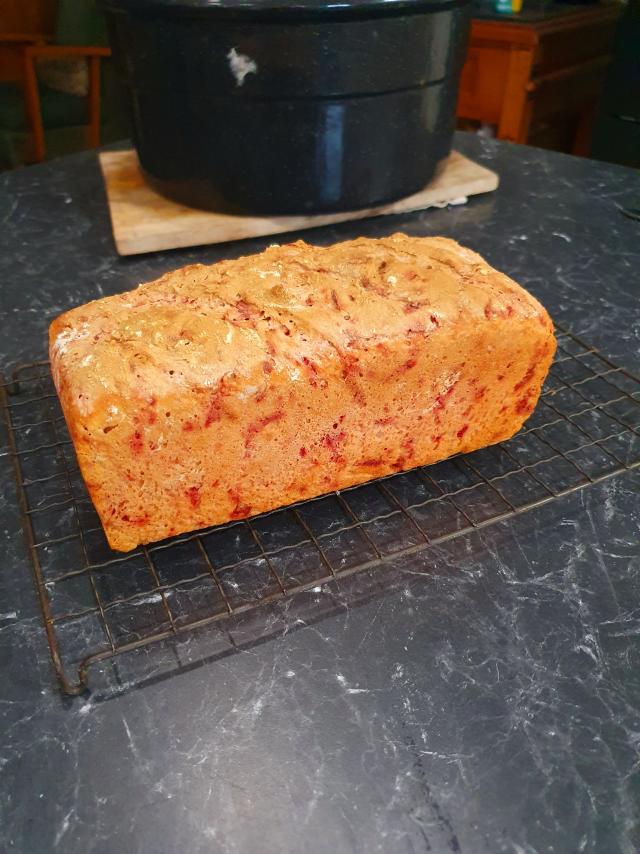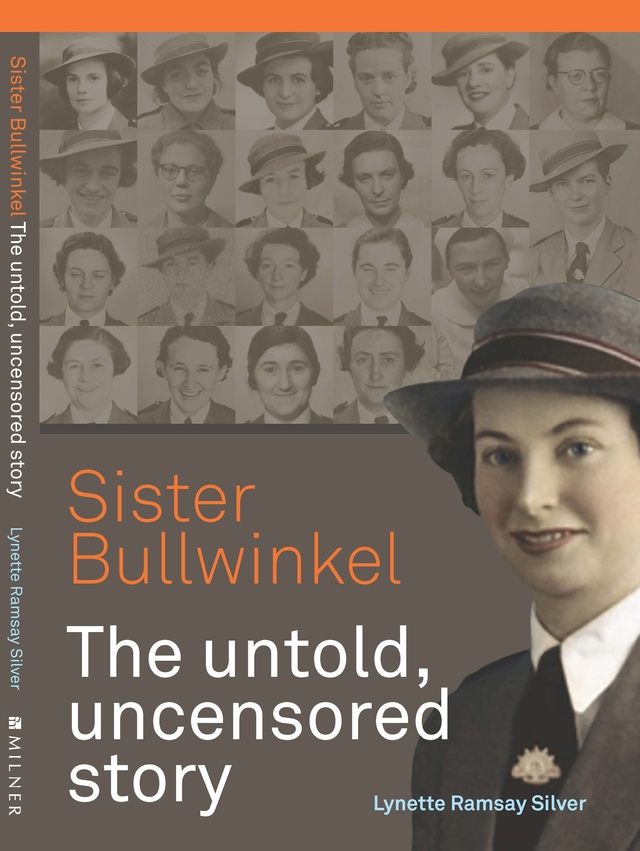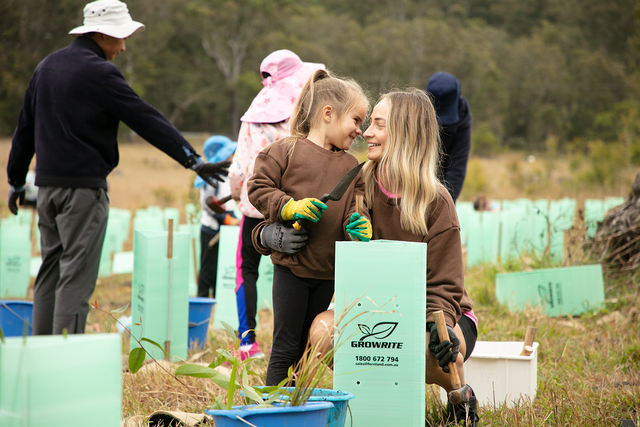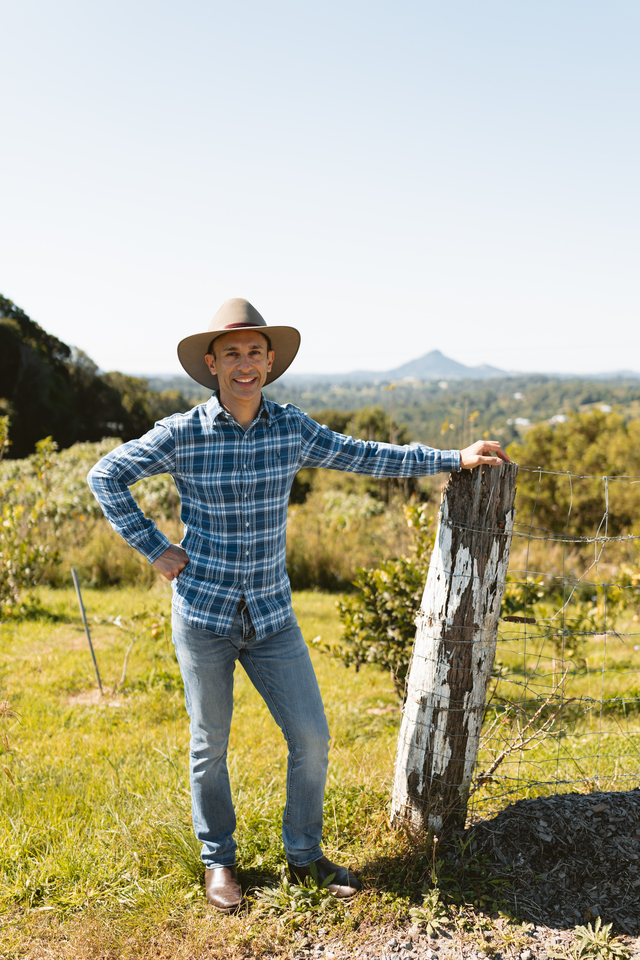Sourdough bread. The Making of a Mother
Bread-making is experiencing a comeback in many people’s homes for varied reasons. While plenty of cheap bread is available in stores, people have become dissatisfied with the quality of most of the major players in the bread industry. That is not to say that there are not some great loaves of bread out there, and the rise of the artisan bakery is a welcome addition to the food industry. In the case of bread, those great loves come at a cost.
My favourite bread has always been sourdough bread. It is just my luck that they are also harder to find and more expensive. You also must be careful when trying to purchase sourdough bread that they are authentic, that they were made using Lacto-fermentation and not regular bread with some sour flavour added.
While many people may not be able to digest gluten, research suggests that the bacteria used in sourdough making can and do. Traditional sourdough bread making was replaced in the 1950s with quicker breads so companies could increase their production and profit, and this change may explain the explosion of gluten intolerance in our community. Could it be that it is not a sudden change in people’s ability to digest gluten but a sudden change in the bread we eat. Both the science and empirical evidence suggest that going back to the old ways of making bread, slow and fermented, is better for our health. Making it yourself is better for your budget.
To make a sourdough bread, first you must make a sourdough mother.
The Making of a Mother
Day 1.
Mix 250 grams of flour with 250 ml of water (one part flour to one part water) to make one 500 grams of starter.
Add 0.25 grams of the sourdough culture. Cover with a wet tea towel and allow to rest for 24 hours. The dough should be stirred from time to time.
Day 2
Mix 250 grams of flour with 250 ml of water.
Mix this new 500 grans with et 500 grams from yesterday, giving you one kg.
Cover with a wet tea towel and allow to rest for 24 hours. This is your sourdough mother.
Day 3
Remove half of the mother (500 grams) This is your discard.
Mix the remaining 500 grams with a new 250 grams of four and 250 ml of water, bring it back to one kg.
Day three can be repeated daily if the mother is kept at room temperature. If you keep the mother in the fridge, you can reduce this process to once a week.
Now you have a sourdough mother and are ready to make bread. Following your bread recipe, use the required amount of sourdough mother from the portion that you would otherwise discard. Any discard that you do not use can be thrown away, or better yet, used as it to make sourdough pancakes.
For recipes and detailed instructions go to https://livingsimplywithvalerie.com.au/









